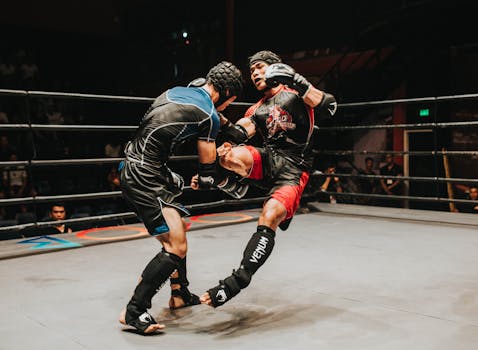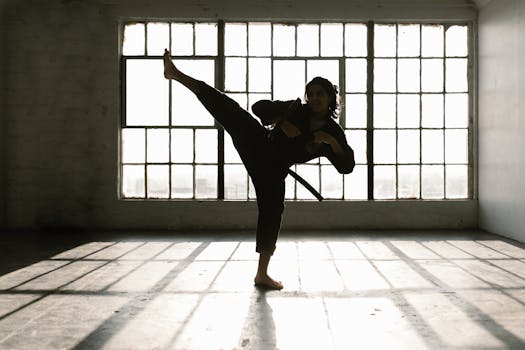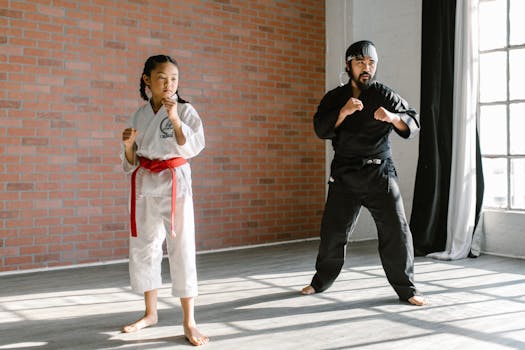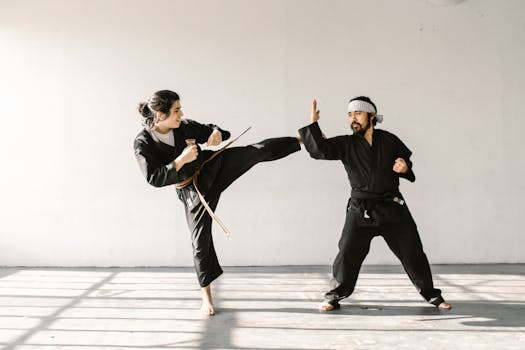"Southpaw vs. Orthodox: How Stance Matchups Affect Predictions"
Introduction: In the world of boxing and mixed martial arts (MMA), the terms 'southpaw' and 'orthodox' refer to a fighter’s stance. An orthodox fighter stands with their left foot forward and right foot back, using their right hand as their dominant striking hand. Conversely, a southpaw stands with their right foot forward, leading with their left hand. Understanding these stances is crucial as they significantly impact fight dynamics and predictions. This article explores how these matchups influence fight outcomes and what both viewers and practitioners can expect from such encounters.
Understanding Stance Dynamics: The primary difference between southpaw and orthodox fighters is the angle and direction from which their power strikes come. This fundamental variance can drastically alter the approach and strategy in a fight. Orthodox fighters are more common, so they usually have more experience fighting other orthodox opponents, whereas southpaws are less common and can sometimes leverage their rarity to surprise orthodox fighters.
Advantages and Disadvantages: Each stance offers distinct advantages and disadvantages. Orthodox fighters might find it easier to connect with their dominant right hand against other orthodox opponents due to the natural alignment of their attacks. However, against a southpaw, their leading right hand faces the opponent’s strong left, leading to potential vulnerabilities.
Southpaws, on the other hand, often benefit from the element of surprise and may have more opportunities to land powerful left-hand strikes as their orthodox opponents are less accustomed to defending against attacks from this angle. However, southpaws may struggle with fewer available training partners and tailored coaching due to their stance’s rarity.
Practical Examples: Historically, notable fights illustrate the impact of these stance matchups. For instance, the famous fight between Manny Pacquiao (a southpaw) and Floyd Mayweather Jr. (orthodox) showed the strategic depth required in handling stance disparities. Mayweather’s ability to adapt to Pacquiao’s aggressive left-handed approach played a crucial role in his victory.
Comparison of Approaches: When preparing for a fight, trainers may adopt different strategies based on their fighter's stance and the opponent's stance. Orthodox fighters might focus on improving their jab and straight right to counter a southpaw's left cross. In contrast, southpaws might work on enhancing their left-hand strikes and defensive maneuvers to exploit the orthodox fighter’s less protected right side.
Conclusion: The matchup between southpaw and orthodox fighters adds a layer of complexity to combat sports that can significantly affect the outcome of a fight. Fighters and coaches must develop specific strategies to handle these challenges effectively. For fans and analysts, understanding these dynamics can enhance the viewing experience and improve prediction accuracy. Whether you are a practitioner or a spectator, appreciating the intricacies of stance matchups is essential for a deeper understanding of combat sports.
(Source: [Reliable Source URL])
Main keyword: Southpaw vs. Orthodox
Focus on practical information relevant to those researching how stance affects fight predictions and outcomes.

.png)





